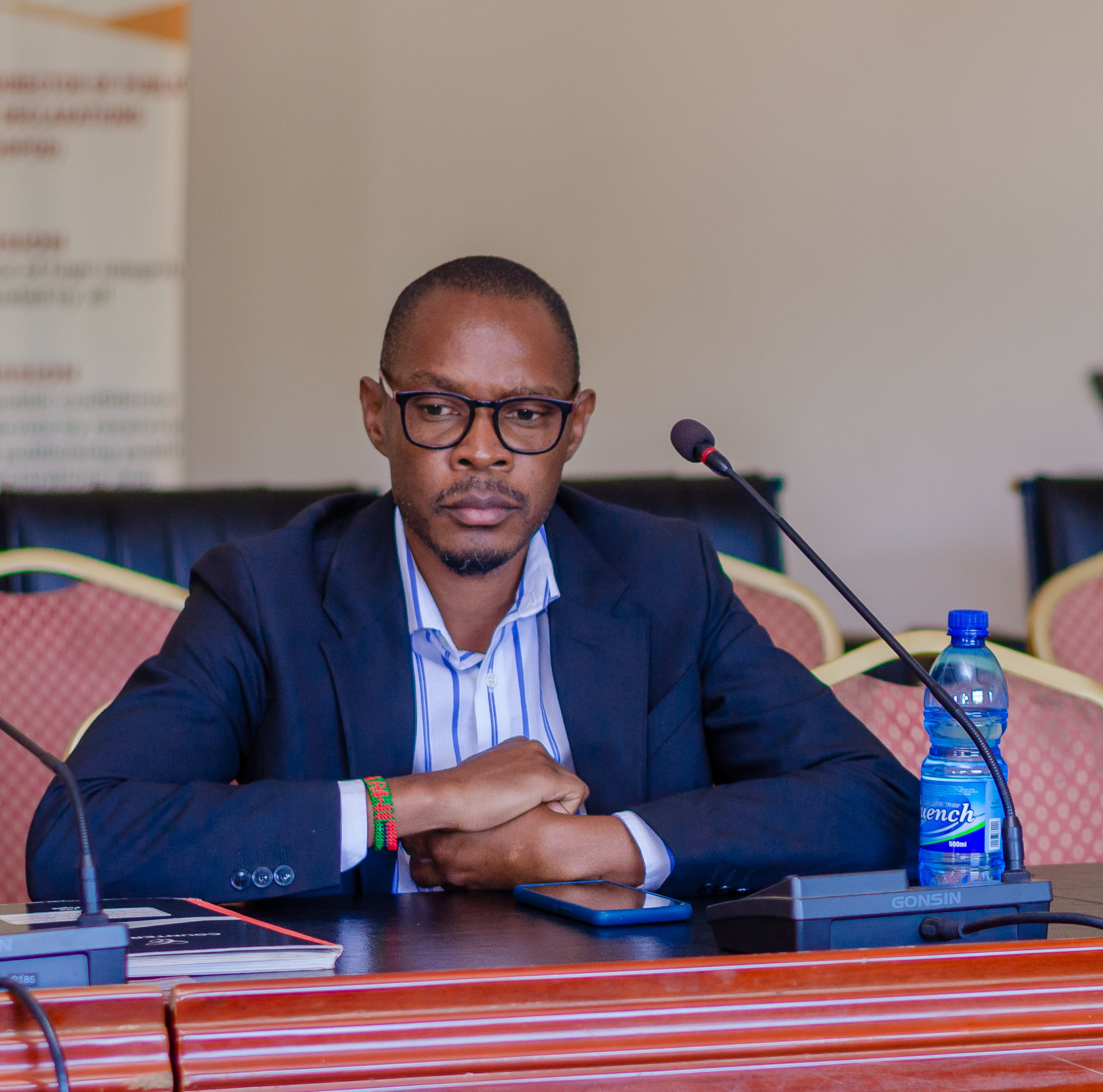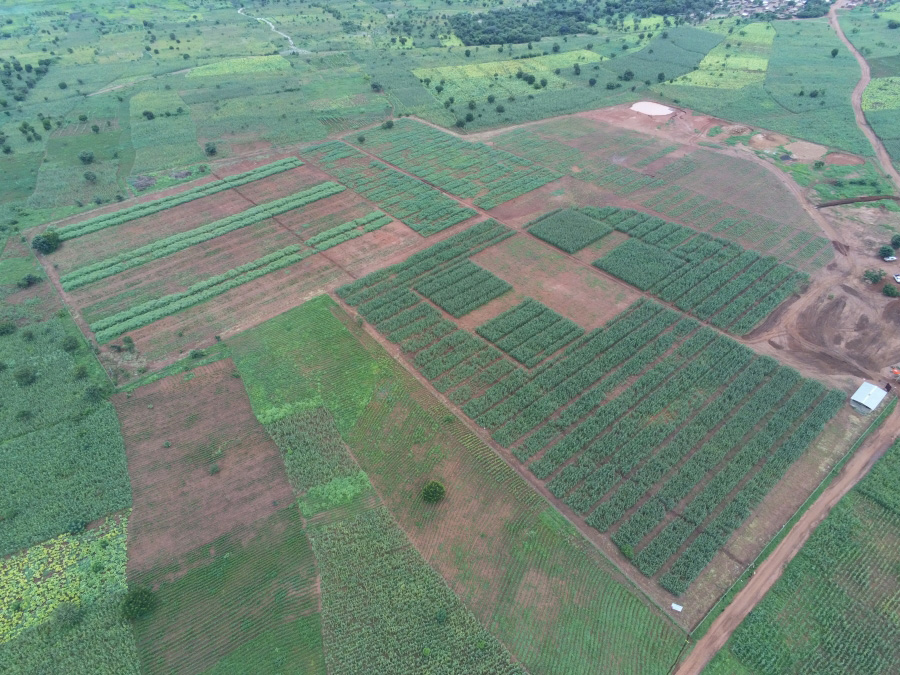Private sector players in the minerals sector have urged the Malawi Government to address a myriad of challenges dogging development of mining projects in the country in order for the sector to adequately contribute to the country’s economic development.
The resource firms tabled their concerns to State President Dr. Lazarus Chakwera in Lilongwe when he officially opened the first ever Malawi Mining Investment Forum that was held from April 23 to 24.
Chairman of Malawi’s leading mining and mineral consulting group Akatswiri Holdings Hilton Banda, who made a keynote presentation on behalf of the private sector captains in the sector at the Forum, said the major challenges private investors are encountering in the sector include delays by the government to conclude Mine Development Agreements (MDAs) for projects, which is frustrating investors.
Banda told the President that the other challenges include inadequate transportation and energy infrastructure which increases operational costs, shortage of skilled labor and technical expertise, local market volatility and price fluctuations which affect profitability, and illegal mining activities that are undermining formal sector operations and revenue collection efforts.
“This is a young sector, and its challenges are enormous, and therefore, we will continue to count on Government’s support to realize the full potential of this most promising sector,” said Banda, hinting that with current projects’ projection, mining will be contributing more that 10% to Malawi’s Gross Domestic Product (GDP) by 2030.
He also made recommendations to the President to encourage Malawians to invest in mining and its value chain, facilitate financing for mining projects by collaborating with financial institutions, and simplify bureaucratic procedures for acquiring licenses and signing agreements to avoid delays.
The mineral sector executive also advised government to study taxation models of successful mining countries and establish a competitive tax rate to attract investment, increase the capacity of energy generation for value addition, establish a mining culture among Malawians by including lessons on mining in primary and secondary schools, and establish analytical laboratories for geosciences in the country.
“Sustainable development of the mineral sectors in Africa, among others, depends on sound and comprehensive mining policy, fiscal regimes and legislative frameworks, which take into account prevailing international best practices, attract investment and enables the citizenry across the continent to realize optimal benefits from mining,” he said.
In his speech marking the official opening of the forum, Chakwera hailed the holding of the event saying it will help to answer some of the questions to challenges being experienced in the sector.
Chakwera also said the forum is a platform where players in the sector can network, learn, experience and unlock various opportunities.
He said: “Today we are talking of precious minerals that God blessed us with. Today we have known that apart from farming, our soils have precious minerals that are on high demand across the world.”
“Today the question should be, having all these precious minerals in our soils why Malawi still remains poor. These questions must be answered through this mining investment forum in order to correct where the problem generates.”
“My idea in coming up with Agriculture, Tourism and Mining (ATM) week is to ensure that there is collaborative effort in alleviating challenges affecting our economy.”
Chakwera stressed that ignorance and negligence are the main challenges killing the mining sector as many Malawians are not aware of the mineral wealth lying across their land and also that some are conducting the mining business unlawfully.
He said: “Firstly, ignorance is the main cause why as a nation we are not benefiting much from our mineral resources. Many of us we just walk on our land not knowing what is inside our land.”
“Secondly, is negligence whereby everyone just does whatever he or she wants. As a nation, we need to set up governing bodies and organizations to ensure security of the minerals and local beneficiation.”
“For that reason, my Government established the mining authority to review all mining development agreements in order to negotiate a win – win deal.”
“Even in Mangochi where people including foreigners were just mining gold unlawfully, I sent MDF (Malawi Defense Force) team to bring sanity and order so that they all mine according to the law and develop our economy.”
Chakwera also said his government is working to ensure that ASMs get access to loans from the banks to develop their businesses.
In her speech, Minister of Mining Monica Chang’anamuno said the forum is a shared vision to unlock the immense potential of the nation’s mining sector and pave the way for sustainable growth and development.
Chang’anamuno said the presence of key players in the sector including the President is a testament to government’s dedication to the advancement of the country’s mining industry.
She said: “The opportunities that lie before us are vast, and the challenges we face are significant. However, I am confident that through collaboration, innovation, and a shared sense of purpose, we can overcome these hurdles and unlock the full potential of our mining sector for the benefit of all Malawians.”
“This forum serves as a platform for dialogue, exchange of ideas, and forging partnerships that will drive sustainable investment and growth in our mining industry.”
“It is an opportunity for us to showcase the rich mineral wealth of our country, highlight the investment opportunities available, and demonstrate our commitment to responsible and inclusive mining practices.”
Chang’anamuno urged stakeholders in the sector to work together to leverage mineral resources, build capacity, and create a conducive environment for investment that will generate long-term benefits for the nation and its people.




































